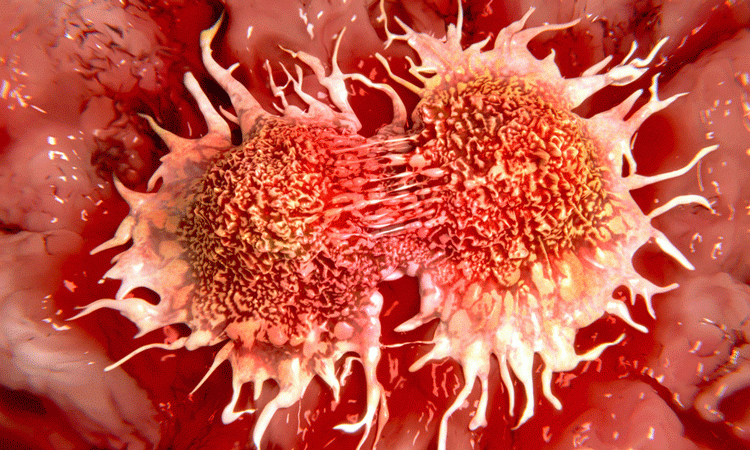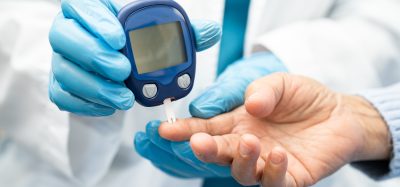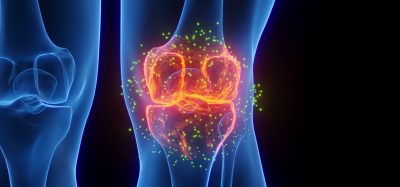Cancer cell nutrient pathway mechanism discovered
Posted: 1 August 2019 | Victoria Rees (Drug Target Review) | No comments yet
Researchers have discovered the mechanism behind a gateway into cells for glutamine, illuminating potential ways to prevent cancer cells from getting nutrients.


A new study has revealed the structure of the glutamine transporter ASCT2 which allows upregulated amino acid glutamine to enter tumour cells, fuelling them. According to the researchers, the insight into the mechanisms of this protein may help in the development of cancer therapeutics.
Previous studies have shown that the transporters work like an elevator, where the substrate glutamine is engulfed by the protein. While it was known how the substrate enters on the outside of the cell, but its pathway to the cytoplasm was a mystery.
Now, the team, from the University of Groningen, the Netherlands, have discovered that the release on the inside is surprisingly similar to the outside of the cell.
The researchers dubbed the mechanism a ‘one-gate elevator’, which sets it apart from the more commonly observed methods for entry and release in cells.


A one-gate elevator mechanism for the human neutral amino acid transporter ASCT2 (credit: Alisa A. Garaeva, Albert Guskov, Dirk J. Slotboom and Cristina Paulino).
“This observation is of great fundamental interest, but also has potential implications for drug design. A prominent consequence of the one-gate elevator mechanism is that large protein movements take place in the cell membrane during transport,” said Dr Christina Paulino, one of the researchers.
This means that lipids, the molecules which make up cells, are likely to affect the workings of the protein. The researchers found many lipid-like molecules associated with the protein which occupy cavities on the cell surface. As these have to be vacated for the ‘elevator’ to move, small molecules that bind tightly to these sites could have drug-like properties, according to the researchers.
Future studies are set to focus on the characterisation of such molecules, which could lead to the development of new anti-cancer drugs in the near future.
The results were published in Nature Communications.
Related topics
Drug Targets, Oncology, Protein, Research & Development
Related conditions
Cancer
Related organisations
Nature Communications, University of Groningen
Related people
Dr Christina Paulino








